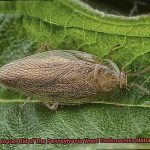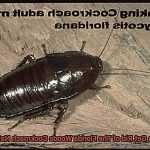Roaches are one of the most dreaded pests that can invade our homes. But did you know that there are several other bugs out there that look just like them? These imposters may cause confusion and panic, leading to misidentification and ineffective treatment methods.
One such bug is the wood cockroach, which bears a striking resemblance to the German cockroach. However, unlike its notorious cousin, the wood cockroach prefers to live outdoors in damp and woody areas. They may venture indoors from time to time in search of food and shelter, but they do not infest homes like roaches do.

Another common look-alike is the Oriental beetle, a type of beetle that shares similar physical characteristics with roaches. While they don’t pose as much of a threat as true roaches, they can still contaminate food and spread bacteria.
In this blog post, we’ll take an in-depth look at these bugs that look like roaches and explore their habits and behaviors. We’ll also provide tips on how to differentiate them from actual roaches so you can effectively deal with any infestation or invasion.
So, get ready to dive deep into the world of creepy crawlies that could be lurking in your home.
Identifying Beetles That Resemble Cockroaches
Contents
- 1 Identifying Beetles That Resemble Cockroaches
- 2 Distinguishing Water Bugs from Cockroaches
- 3 Recognizing Silverfish from Cockroaches
- 4 Health Hazards and Infestation Risks of Cockroaches
- 5 How to Prevent a Roach Infestation
- 6 DIY Methods for Controlling Roach Populations
- 7 When to Contact a Pest Control Professional
- 8 Conclusion

It can be a daunting task, as there are several beetle species that share similar physical characteristics with cockroaches. But don’t worry, I’m here to lend a hand.
The ground beetle is one of the most common beetle species that resemble cockroaches. These beetles have a flattened body shape and are typically dark brown or black, just like cockroaches. However, ground beetles can be identified by their distinctive head and thorax that set them apart from cockroaches.
Another beetle species that may be mistaken for cockroaches is the darkling beetle. These beetles have long antennae and legs, which distinguish them from cockroaches. Additionally, darkling beetles are typically found in dry habitats like deserts, while cockroaches prefer moist environments.
Blister beetles may also resemble cockroaches at first glance, but they can be identified by their soft elytra (wing coverings) that do not fully cover their abdomen. Blister beetles also lack the flattened appearance of cockroaches.
When trying to identify whether you have a cockroach infestation or a different species of beetle, it’s crucial to pay attention to specific physical characteristics such as body shape, size, coloration, antennae length, and wing coverings. By taking these factors into consideration, you can accurately determine whether you have a true cockroach infestation or another beetle species.
Remember, identifying the pest correctly is key in preventing infestations and potential health risks. If you’re still unsure about the identification of your pest problem, it’s always best to consult with a professional pest control service for assistance.
Distinguishing Water Bugs from Cockroaches
Firstly, size does matter. Water bugs are typically larger than cockroaches, with some species growing up to 4 inches in length. In contrast, cockroaches are usually smaller and range from 0.5 to 2 inches in length.
Secondly, their body shape is another key difference. Water bugs have a more streamlined appearance while cockroaches have a broader, flatter body. Water bugs also have longer legs, which make them better swimmers than cockroaches who tend to scurry along surfaces.
Their habitat is also worth noting. Water bugs are mainly found in or near bodies of water such as ponds, streams, or swimming pools. They are attracted to light sources at night and can often be seen flying around porch lights or streetlights. On the other hand, cockroaches prefer warm, dark, and humid indoor environments such as kitchens and bathrooms.
Lastly, while water bugs are not harmful to humans, they can deliver a painful bite if provoked. Cockroaches, however, pose potential health risks as they may carry harmful bacteria and trigger allergic reactions in some people.
Recognizing Silverfish from Cockroaches
It’s not uncommon, but you don’t have to keep scratching your head over it. Here are a few tips on how to differentiate between these two pesky insects.
Size is the first major factor. Silverfish are typically smaller than cockroaches, measuring 1/2 to 3/4 inches in length. Meanwhile, cockroaches can vary from 1/2 inch to 2 inches in length. If you’re seeing a tiny bug scurrying around, it’s more likely to be a silverfish.
Take a closer look at their physical appearance. Silverfish have a striking silver-grey color and a teardrop-shaped body with three long antennae protruding from their rear end. In contrast, cockroaches have an oval-shaped body and are usually brown or black in color. They also have two long antennae extending from their head and a pair of wings that cover their back when they’re at rest.
Behavior is another key difference to observe. Silverfish tend to come out at night and prefer dark, damp environments like basements and bathrooms. They feed on starchy materials such as wallpaper glue, book bindings, and clothing fibers. Conversely, cockroaches are active throughout the day and night and thrive in warm, moist environments like kitchens or bathrooms. They feed on a variety of materials, including food scraps, paper products, and glue.
Identifying silverfish versus cockroaches is all about paying attention to the details. Keep an eye out for the size, color, body shape, antennae count, and behavior of the pests you see in your home.
Health Hazards and Infestation Risks of Cockroaches
Cockroaches may be small, but they can pose a significant threat to your health and home. These pesky pests are notorious for carrying diseases and spreading bacteria and germs on surfaces they come into contact with. Not only that, but their droppings, saliva, and shed exoskeletons can trigger allergic reactions and asthma attacks in sensitive individuals.
One of the biggest risks of cockroaches is their ability to reproduce quickly and survive in harsh conditions. They can hide in small cracks and crevices, making them incredibly challenging to locate and eradicate. These creepy crawlies are attracted to warm, moist environments and can be found in homes, restaurants, food processing facilities, and hospitals.
Luckily, there are steps you can take to prevent a cockroach infestation from taking over your home. Regular cleaning of floors, countertops, and sinks is crucial in eliminating food debris that attracts these pests. Sealing up cracks and gaps in walls, doors, and windows also helps to prevent entry points for these unwanted guests.
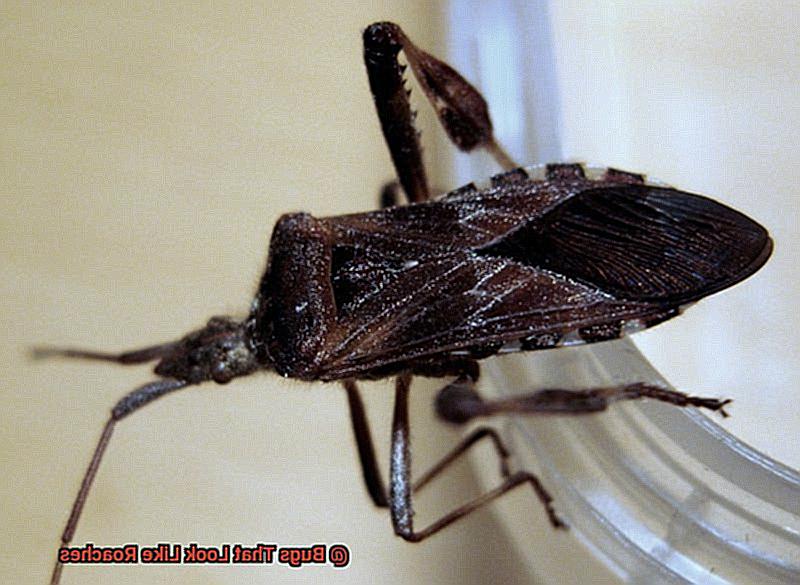
If you suspect a cockroach infestation in your home or business, it’s essential to seek professional pest control services immediately. The longer you wait, the more challenging it will be to control the problem.
By being aware of the health hazards and infestation risks associated with cockroaches, you can take proactive measures to prevent infestations and maintain a healthy living environment.
How to Prevent a Roach Infestation
Roaches are not only unpleasant to look at, but they can also cause serious health problems. Luckily, there are a variety of steps you can take to prevent a roach infestation in your home. Here are five tips to help keep your home roach-free.
Keep your Home Clean
Roaches are attracted to food and moisture. Therefore, it is essential to keep your home clean and tidy to eliminate any potential food sources that can attract them. Sweep, mop, and vacuum regularly, wipe down counters and surfaces, and take out the trash regularly.
Store Food Properly
Roaches can easily access open containers or bags of food, so make sure to store your food in sealed containers or in the refrigerator. This will make it harder for them to access any potential food sources.
Seal Cracks and Crevices
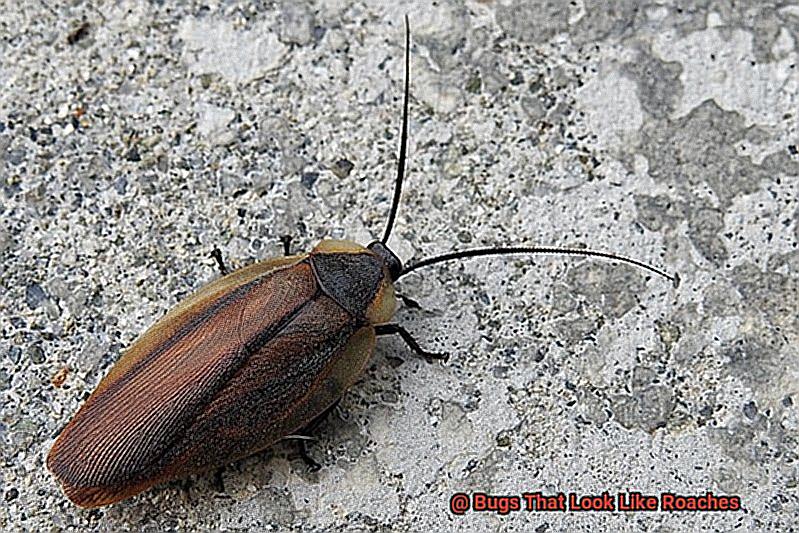
Roaches can enter your home through small cracks and crevices. Use caulk or weather stripping to seal gaps around windows, doors, and pipes. This will help prevent them from entering your home.
Reduce Clutter
Roaches love cluttered areas because they provide hiding places. Decluttering your home by getting rid of unnecessary items and organizing your belongings will make it less hospitable to them.
Fix Leaks
Roaches are attracted to moisture, so fix any leaks in your home as soon as possible. This will help eliminate their water sources.
If you already have a roach problem in your home, it’s best to call a professional pest control company for help. However, by following these simple yet effective tips, you can significantly reduce the chances of a roach infestation in your home.
In conclusion, preventing a roach infestation is crucial to maintaining a clean and healthy home. By keeping your home clean, storing food properly, sealing cracks and crevices, reducing clutter, and fixing leaks, you can greatly reduce the risk of a roach infestation in your home.
DIY Methods for Controlling Roach Populations
These pesky insects can cause damage to your health, furniture, and appliances, so it’s crucial to control their population before it gets out of hand. Luckily, there are several safe and effective DIY methods that can help you get rid of roaches without breaking the bank.
One popular DIY method is using boric acid. This powerful insecticide can be found at any hardware store and is easy to use. Simply mix it with sugar or flour and place it in areas where roaches are most likely to be found. The roaches will consume the mixture, which will eventually lead to their death. However, it’s important to handle boric acid with care as it can be harmful if ingested or inhaled.
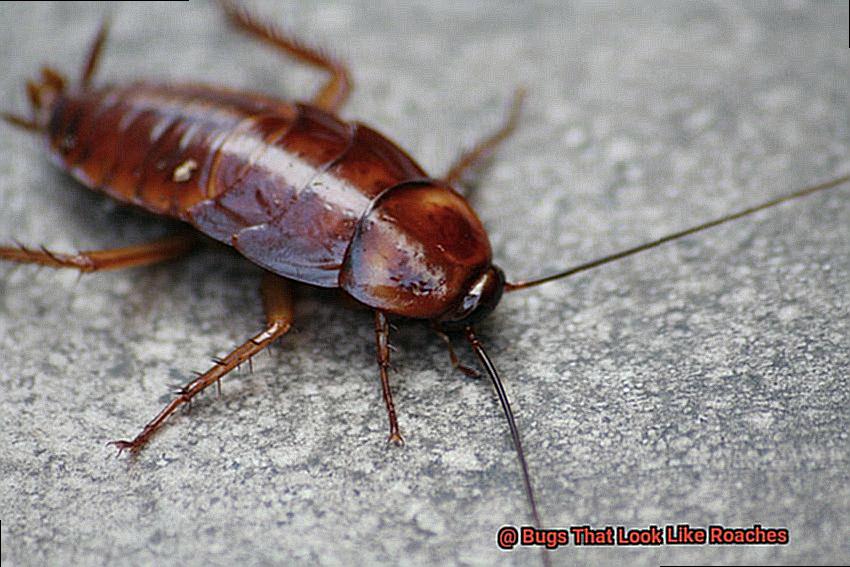
Another natural solution is diatomaceous earth. This natural insecticide is made from the fossilized remains of tiny aquatic organisms and works by absorbing the oils and fats from the roach’s exoskeleton, causing it to dry out and die. Sprinkle it around areas where roaches are most likely to be found and watch them disappear.
Essential oils such as peppermint or eucalyptus oil also have natural insecticidal properties and can help repel roaches. Mix a few drops of the oil with water and spray it around your home. Not only will it keep roaches at bay, but it’ll also leave your home smelling fresh and clean.
Lastly, keeping your home clean and free from clutter is key in preventing roaches from infesting your home. Roaches thrive in dirty and cluttered environments, so make sure to vacuum regularly, clean up spills immediately, and take out the trash on a daily basis.
DIY methods for controlling roach populations are effective, affordable, and easy to use. By using boric acid, diatomaceous earth, essential oils or simply keeping your home clean and clutter-free, you can prevent roaches from infesting your home and enjoy a pest-free environment.
When to Contact a Pest Control Professional
While DIY methods are useful for minor infestations, there are several scenarios in which seeking professional help is necessary.
The first and most crucial factor to consider is the extent of the infestation. If you are noticing only a few bugs here and there, simple pest control measures may be enough to tackle the issue. However, if you observe a large number of bugs in various parts of your home, it’s evident that the infestation is severe and requires professional intervention.
Another reason to contact a pest control professional is if you’re unsure about the type of bug you’re dealing with. While some roach look-alikes are easy to identify, others can be challenging to distinguish. A professional pest control expert has the expertise and experience required to pinpoint the insect’s identity and recommend an appropriate course of action.
Moreover, if you’ve attempted DIY pest control methods but haven’t seen any results, it may be time to consult a professional. Pest control experts have access to specialized tools and treatments that are often more effective than what’s available at home improvement stores.
Recognizing when to contact a pest control professional for bugs that resemble roaches is critical for maintaining a safe and healthy home environment. By doing so, you can rest assured that the infestation will be eradicated entirely, and your family will be protected from potential health risks.
ARX5BWolNHk” >
Conclusion
To sum up, correctly identifying bugs that resemble roaches is crucial for effective treatment and avoiding unnecessary panic. While wood cockroaches, Oriental beetles, and other beetles may bear a resemblance to roaches, their distinct habits and behaviors set them apart. Similarly, water bugs and silverfish can be mistaken for roaches but have different physical characteristics and behaviors.
Cockroaches are not just an annoyance but also pose significant health risks due to their ability to carry bacteria and trigger allergic reactions. To prevent infestations, it’s essential to maintain regular cleaning practices, store food properly, seal cracks and crevices, reduce clutter, fix leaks promptly, and seek professional pest control services when necessary.
While DIY methods like boric acid or diatomaceous earth can work for minor infestations, severe cases or uncertainty about the type of bug calls for professional intervention.
By being vigilant about these lookalike bugs and taking proactive measures to prevent infestations or calling in experts when needed, you can create a healthy living environment for yourself and your loved ones.


